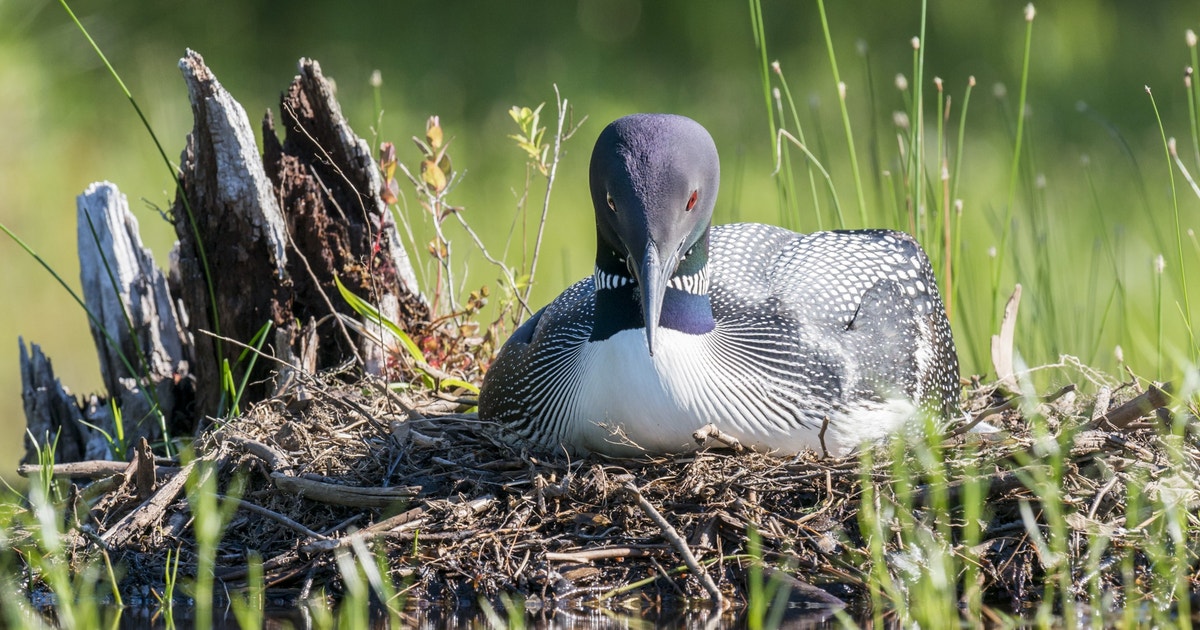About 40% of the world’s plant, bird, and other animal species—including humans—depend on wetlands. The biodiversity found in these wetlands supplies food and clean water, protects against storms and floods, and mitigates the impacts of climate change. North America’s Boreal Forest contains the largest concentration of wetlands on Earth, totaling 1.19 million square kilometers. That’s a quarter of the world’s wetlands! And these biodiversity-rich wetlands and aquatic systems are vital to the health and welfare of the entire planet.
Wetland protection and restoration is essential to overcoming the climate-biodiversity crisis. Indigenous organizations and governments across Canada are taking the lead on protecting the Boreal Forest and its vast network of wetlands. Many are working on the development of formal land-use plans that proactively conserve areas of cultural and ecological importance, some of which have already protected millions of hectares of habitat. Indigenous Guardians, who serve as stewards of the land, help to conserve and manage the land based on traditional knowledge, cultural values, and Western science.
Let’s take a look at two of the many carbon-rich wetland regions within the Boreal Forest of Canada that significantly contribute to global bird life, still provide healthy habitat for caribou, and where Indigenous governments and organizations are leading campaigns to ensure permanent protection designations.
Seal River Watershed
The Seal River Watershed is one of the few remaining intact watersheds of significant size in the world. Biodiversity-rich places like this watershed provide critical breeding and stopover habitat to vast numbers of migratory birds, as well as numerous other terrestrial and marine animals. The area truly has a global impact with birds who nest here and travel south to locations throughout the western hemisphere—birds like Black Scoters and Common Loons who fly south from the watershed after their breeding season to locations along the Gulf of Mexico, and tiny Blackpoll Warblers who leave the watershed in August/September to embark on an epic journey to northern South America. Hudsonian Godwits that use the Seal River Watershed can fly as far south as southern Chile or Argentina during their non-breeding season. And Arctic Terns spend half the year even further south in sub-Antarctic waters.
Learn about the latest efforts to protect the Seal River Watershed here.
Hudson/James Bay Lowlands
The Hudson Bay Lowlands are a vast landscape along the shores of southern Hudson and James Bays that stretches 324,000 square kilometers across northern Manitoba, Ontario, and Quebec. More than 80% of the region is covered by wetlands making it one of the largest wetland (or peatland) systems on Earth.
The mosaic of wetlands, waterways, forests, and coastal tundra that weave across the Hudson Bay Lowlands provides essential habitat for as many as 300 bird species over the course of a year. At least 165 bird species are known to breed in the region, and each spring millions of migratory birds travel from across the hemisphere to rear their young and take advantage of the lowlands’ seasonal bounty of resources. Indeed, Canada’s migratory birds are well-represented in this region—from the diminutive Wilson’s Warbler flitting about in streamside thickets foraging for insects to the stately Great Gray Owl floating quietly over the meadows hunting for small rodents.
Learn more about efforts to protect this important marine habitat here.
Both regions are globally important landscapes for mitigating climate change and should be considered hot spots for conservation planning due to their massive carbon deposits. Canada can do its part to curb climate change and habitat loss by strengthening efforts to support the protection of these wetland treasures. The inclusion of these proposed protected areas in Canada’s conservation goal of protecting 30% of the nation’s lands and waters from development by 2030 would help to safeguard the region’s peatlands and carbon stores. It would also protect the incredible wealth of biodiversity relying on these special places.

